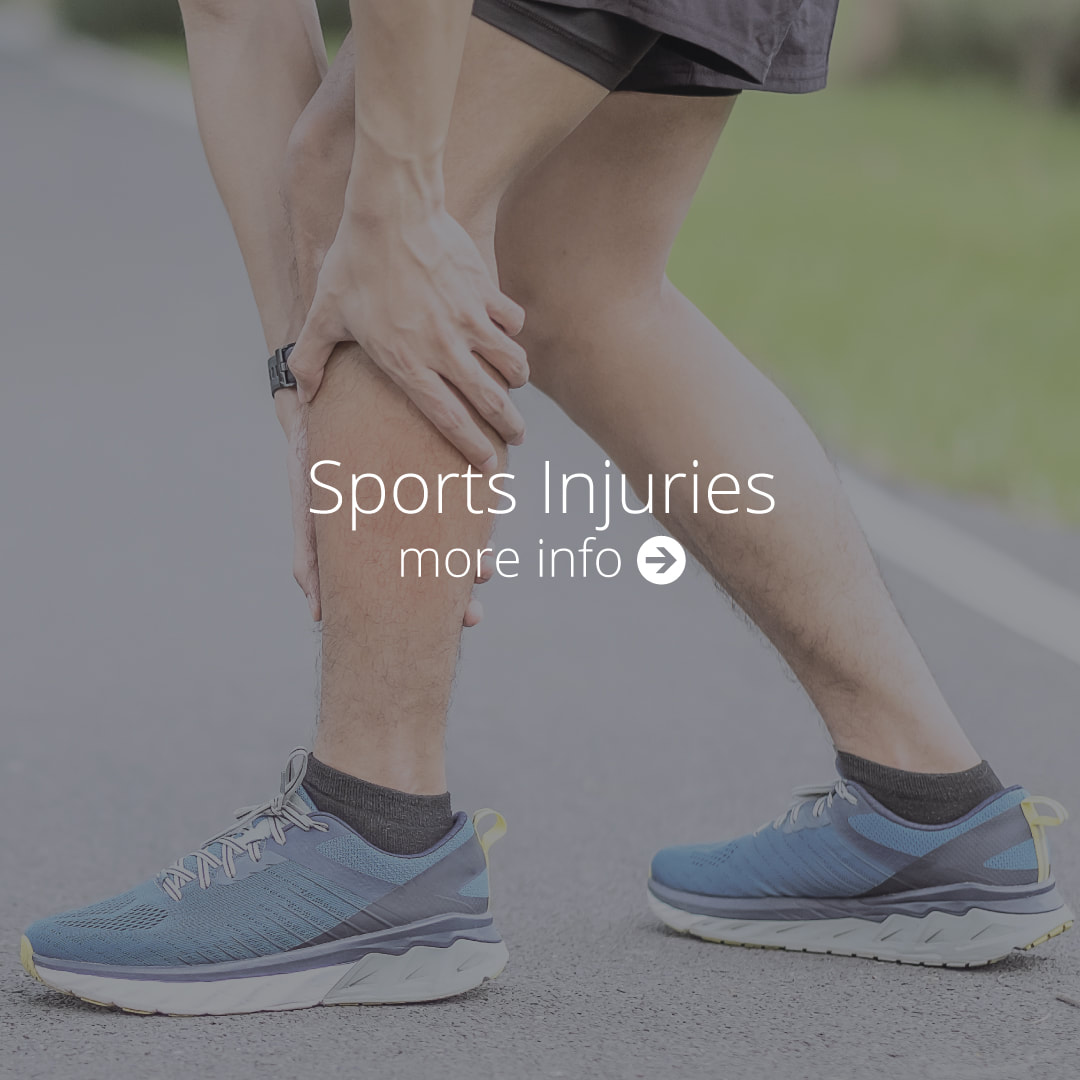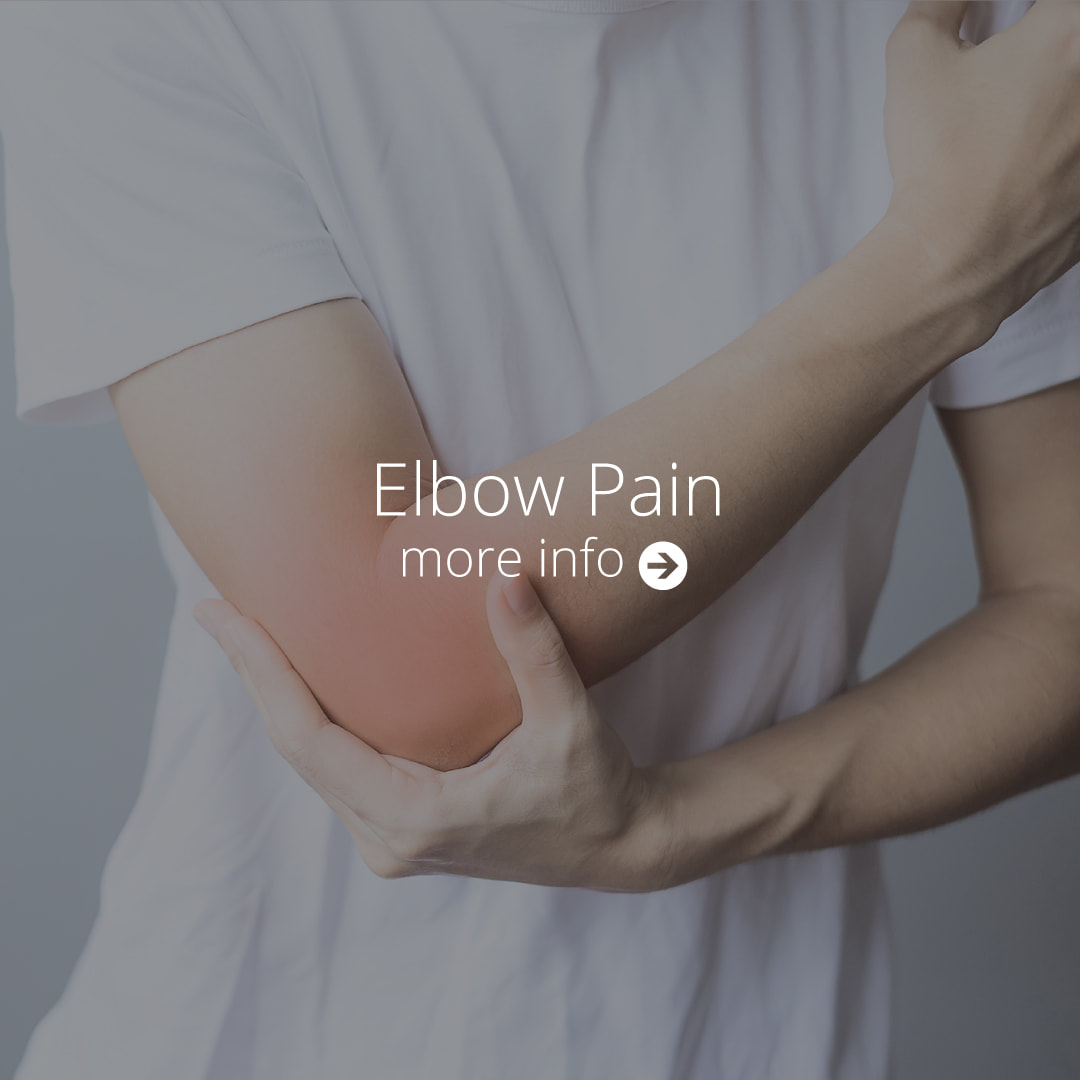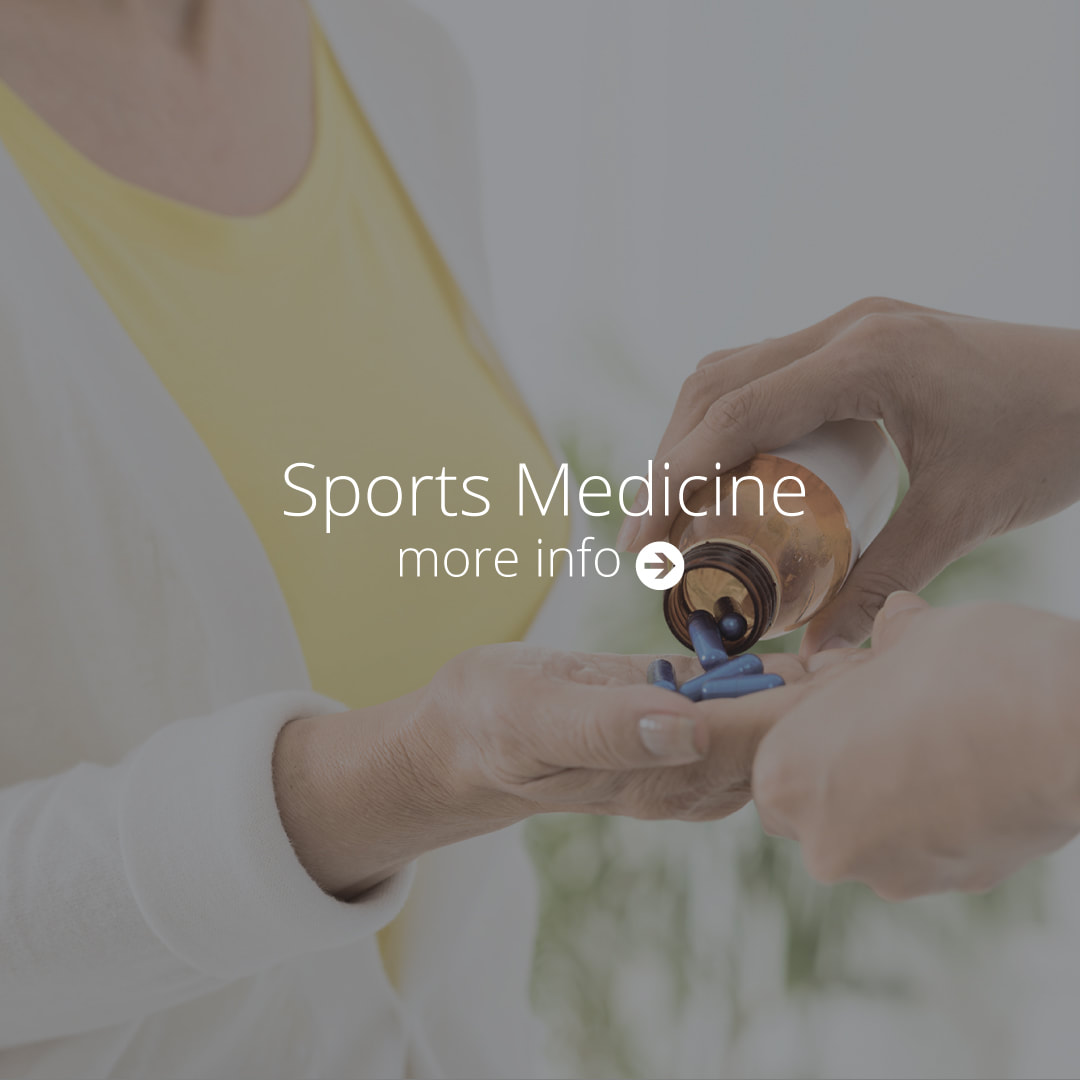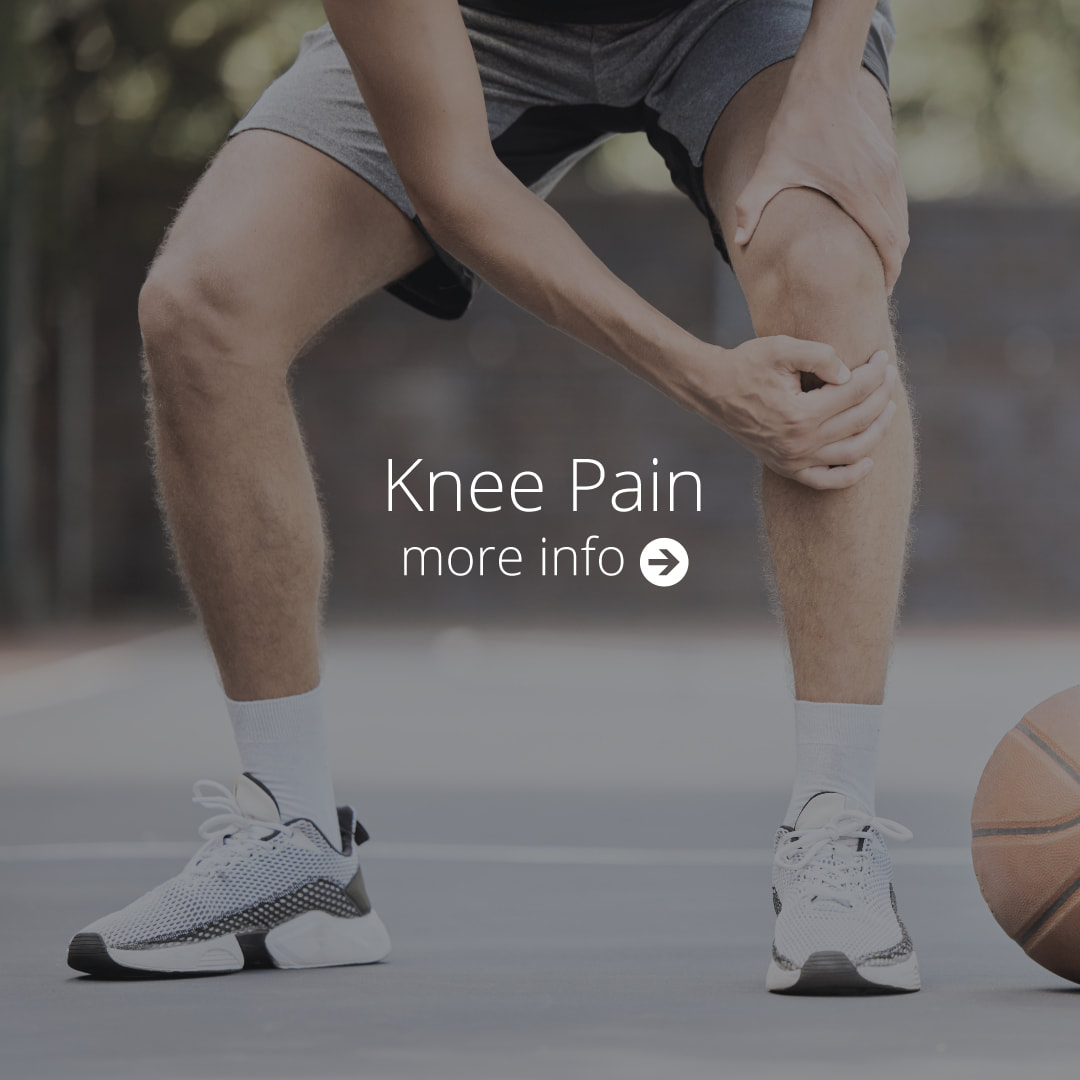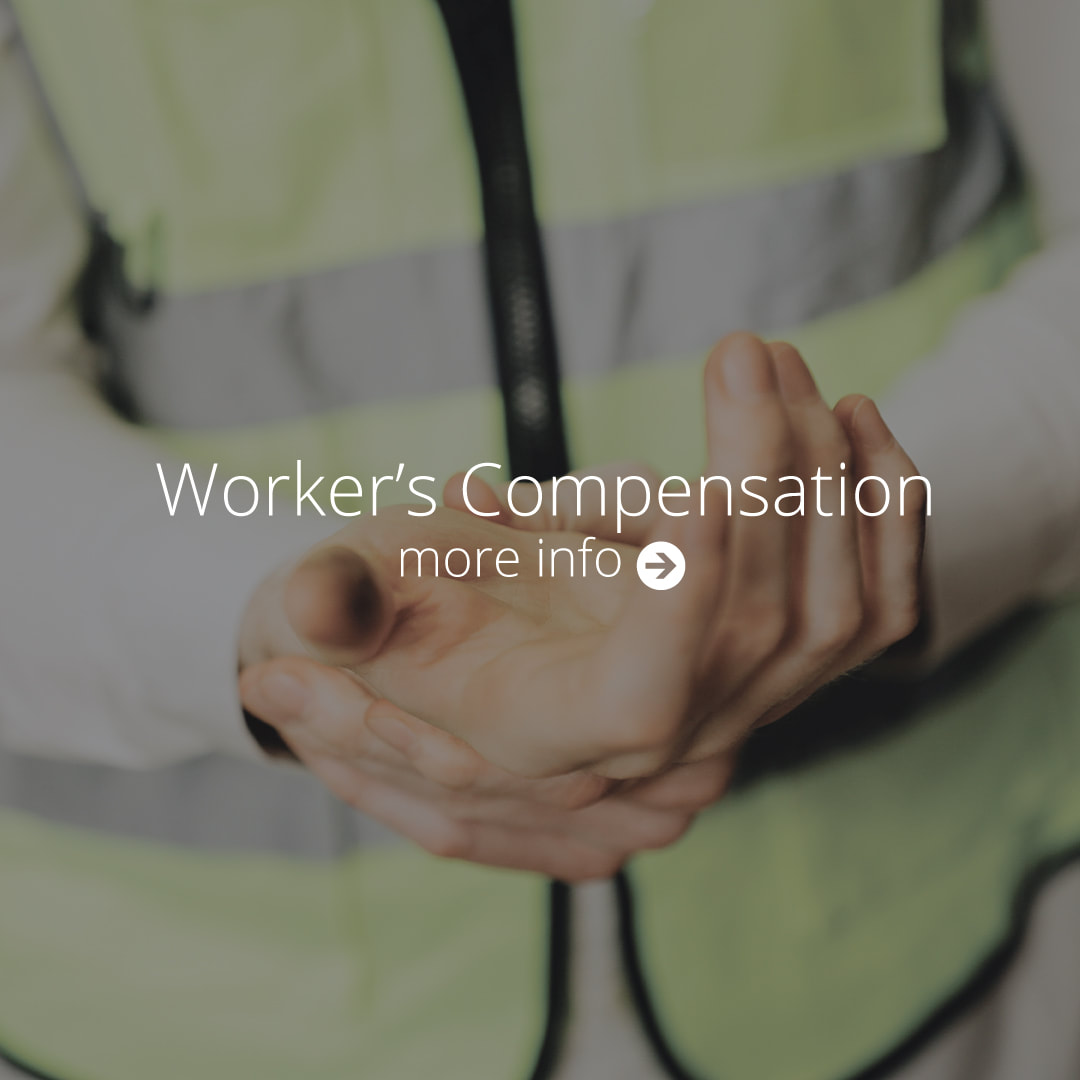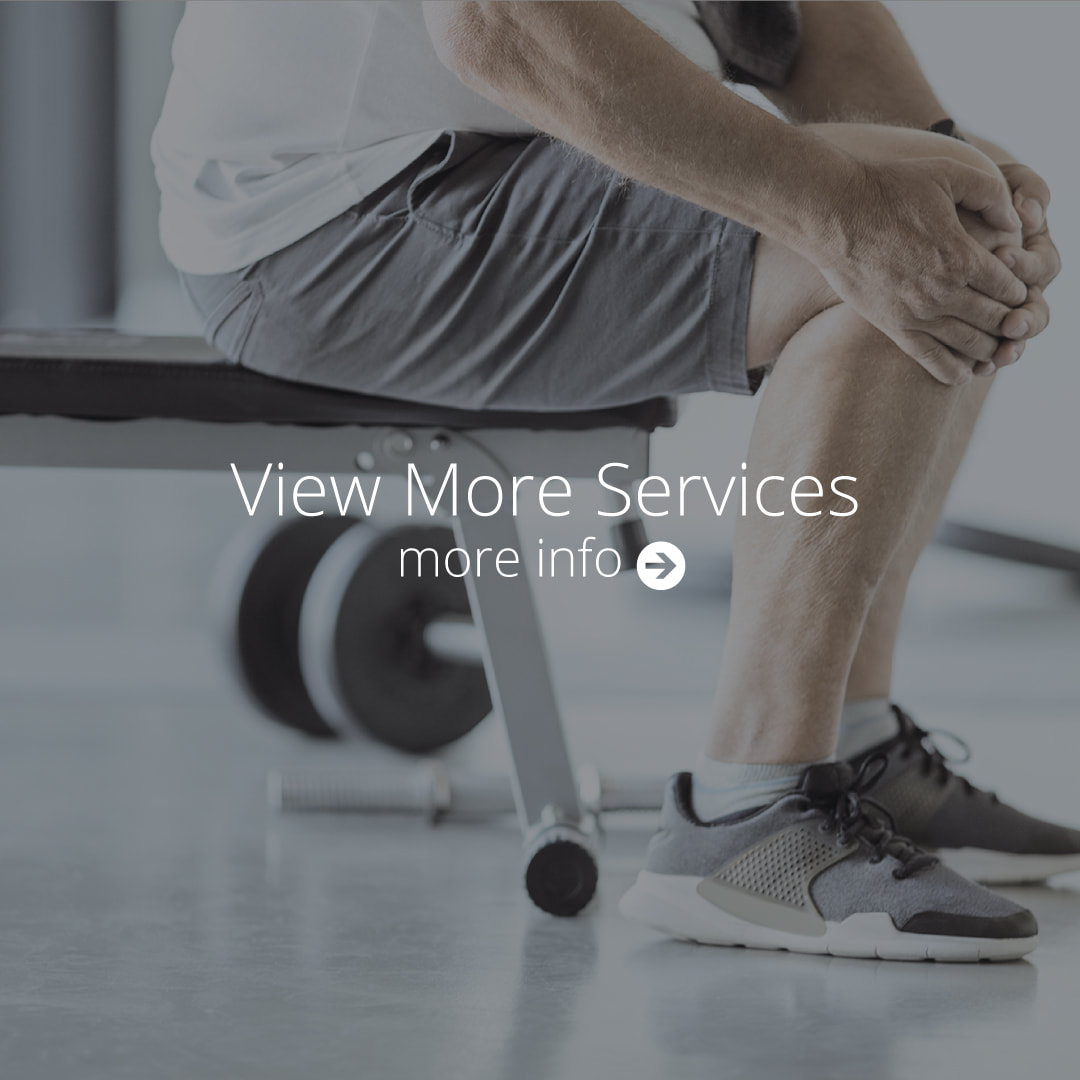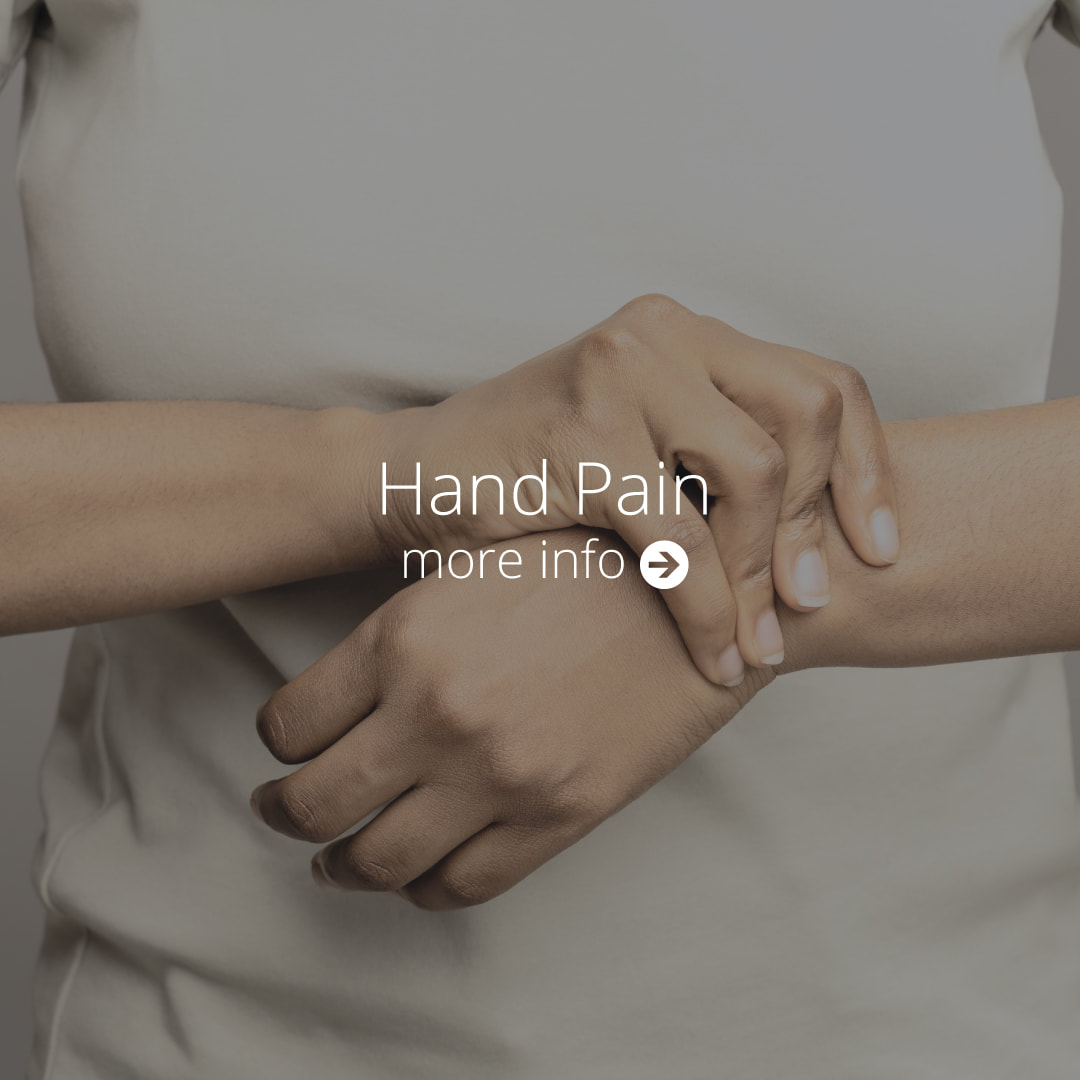Platelet-rich plasma (PRP) contains natural cells that ease your pain by healing injured or diseased tissues. When the experienced team at Salina Ortho, injects PRP, these regenerative cells jump into action and accelerate the healing process. If you need relief from pain or a slow-healing injury, call the office or use the online booking feature to request an appointment.
PRP Q & A
What is PRP?
PRP is a mixture of concentrated platelets and plasma. Both components are naturally in your blood. Plasma is the liquid part of your blood, while platelets are regenerative cells that travel through your bloodstream.
To create PRP, the team at Salina Ortho takes a sample of your blood. Then they process it in a device that separates the platelets and plasma from other blood components. The platelets and plasma become your PRP injection.
To create PRP, the team at Salina Ortho takes a sample of your blood. Then they process it in a device that separates the platelets and plasma from other blood components. The platelets and plasma become your PRP injection.
How does PRP improve healing?
Every time you suffer an injury, your natural platelets go to the area and release proteins called growth factors. Growth factors activate the healing process.
They accelerate healing by recruiting stem cells to the area and stimulating the growth of blood vessels. Growth factors also regulate inflammation and build a matrix that supports new tissue growth.
When you get a PRP injection, the concentrated platelets do the same thing. They send out growth factors that help heal your body.
They accelerate healing by recruiting stem cells to the area and stimulating the growth of blood vessels. Growth factors also regulate inflammation and build a matrix that supports new tissue growth.
When you get a PRP injection, the concentrated platelets do the same thing. They send out growth factors that help heal your body.
What orthopedic conditions improve with PRP?
The team at Salina Ortho uses PRP to treat many different sports injuries and orthopedic conditions, including:
Your provider may recommend PRP for severe injuries that overwhelm your body’s natural healing response. PRP injections are especially beneficial for improving slow-healing wounds and injuries in tissues that don’t have a good blood supply.
- Arthritis
- Meniscus tears
- Rotator cuff tears
- Tendonitis
- Tennis elbow
- Achilles tendonitis
- Carpal tunnel syndrome
- Knee ligament injuries
- Muscle and tendon tears
Your provider may recommend PRP for severe injuries that overwhelm your body’s natural healing response. PRP injections are especially beneficial for improving slow-healing wounds and injuries in tissues that don’t have a good blood supply.
What should I expect during a PRP injection?
Once your PRP is ready, your provider draws it into a syringe and numbs the injection site with a local anesthetic. Then they use real-time imaging to see the targeted area, guide the needle to the injured tissues, and inject the PRP.
You should expect to have minor discomfort for a few days after your PRP injection. Your provider may recommend avoiding strenuous athletic activities for a short time.
Some patients need several injections to achieve the best results, but it depends on the severity of the underlying problem. Your provider at Salina Ortho outlines your treatment plan after finishing a physical exam and evaluating your injury.
To learn more about PRP, call Salina Ortho, or use the online booking feature today.
You should expect to have minor discomfort for a few days after your PRP injection. Your provider may recommend avoiding strenuous athletic activities for a short time.
Some patients need several injections to achieve the best results, but it depends on the severity of the underlying problem. Your provider at Salina Ortho outlines your treatment plan after finishing a physical exam and evaluating your injury.
To learn more about PRP, call Salina Ortho, or use the online booking feature today.

